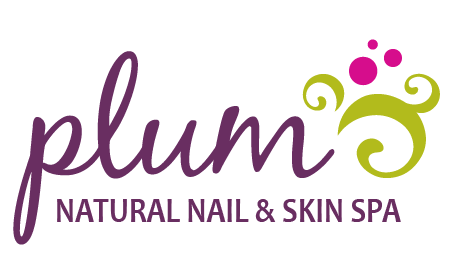Unveiling Radiance: A Guide to Facial Exfoliation
In our pursuit of luminous, radiant skin, exfoliation stands as a fundamental step in any skincare routine. As the seasons shift and your skin's needs evolve, understanding the diverse array of exfoliators available for at-home is essential. From mechanical to chemical, each type of exfoliant offers distinct benefits for various skin types and concerns.
Let’s explore the world of facial exfoliation and unveil the secrets to achieving a radiant complexion.
Mechanical Exfoliators
1. Facial Scrubs: Facial scrubs utilize small granules like sugar, salt, or jojoba beads to physically buff away dead skin cells, revealing a smoother, brighter complexion. Ideal for normal to oily skin types, these scrubs should be used 2-3 times a week with gentle motions to avoid irritation. We typically prefer sugar and jojoba bead scrubs for the face, and salt or sugar scrubs for the body.
We love: Brightening Scrub from Rhonda Allison and Glymed Plus Peptide Micro Scrub
2. Ultrasonic Skin Scrubbers: Ultrasonic skin scrubbers utilize high-frequency vibrations to exfoliate the skin gently. They work by loosening debris and dead skin cells from the surface, making them easier to remove. These devices are suitable for various skin types and offer a non-invasive way to achieve smoother, clearer skin. They can be used 1-2 times a week, depending on skin sensitivity.
We love: Le Mieux’s Ultrasonic Skin Scrubber for home use.
3. Exfoliating Cloths: Microfiber or muslin cloths provide a manual exfoliation method that's gentler than scrubs or brushes. Compatible with all skin types, including sensitive skin, these cloths can be used 2-3 times a week to effectively remove dead skin cells and impurities. Be sure to use a new or clean cloth each time, and avoid standard wash cloths, as they tend to be too harsh for the face.
We love: Clean Skin Club Clean Towels
Chemical Exfoliators
1. Alpha Hydroxy Acids (AHAs): AHAs such as glycolic acid, lactic acid, and mandelic acid work by loosening the bonds between dead skin cells, promoting smoother skin texture and reducing hyperpigmentation. Best suited for dry, sun-damaged, or aging skin, AHAs should be used 1-2 times a week initially, with frequency increased gradually as tolerated.
2. Beta Hydroxy Acids (BHAs): BHAs like salicylic acid penetrate deep into pores, dissolving excess oil, dead skin cells, and debris. Ideal for acne-prone, oily, or combination skin, BHAs can be used 2-3 times a week for effective acne control.
3. Fruit Enzymes: Gentle fruit enzymes such as papaya and pineapple extracts provide a natural alternative for exfoliation, suitable for sensitive or easily irritated skin. These enzymes can be used 1-2 times a week to promote gentle yet effective removal of dead skin cells.
Vitamin A/Retinols
Vitamin A derivatives, commonly known as retinoids or retinols, accelerate cell turnover and stimulate collagen production, resulting in improved skin texture and reduced signs of aging. Retinols should be incorporated into the skincare routine 2-3 times a week initially, with frequency adjusted based on skin tolerance. Always use retinol products at night and follow with sunscreen during the day to minimize sun sensitivity.
Incorporating exfoliation into your home skincare regimen can transform your complexion, revealing smoother, more radiant skin beneath the surface. Remember to listen to your skin and adjust your exfoliation frequency accordingly. With consistent and mindful use, exfoliation can become a powerful tool in your quest for healthy, luminous skin.
